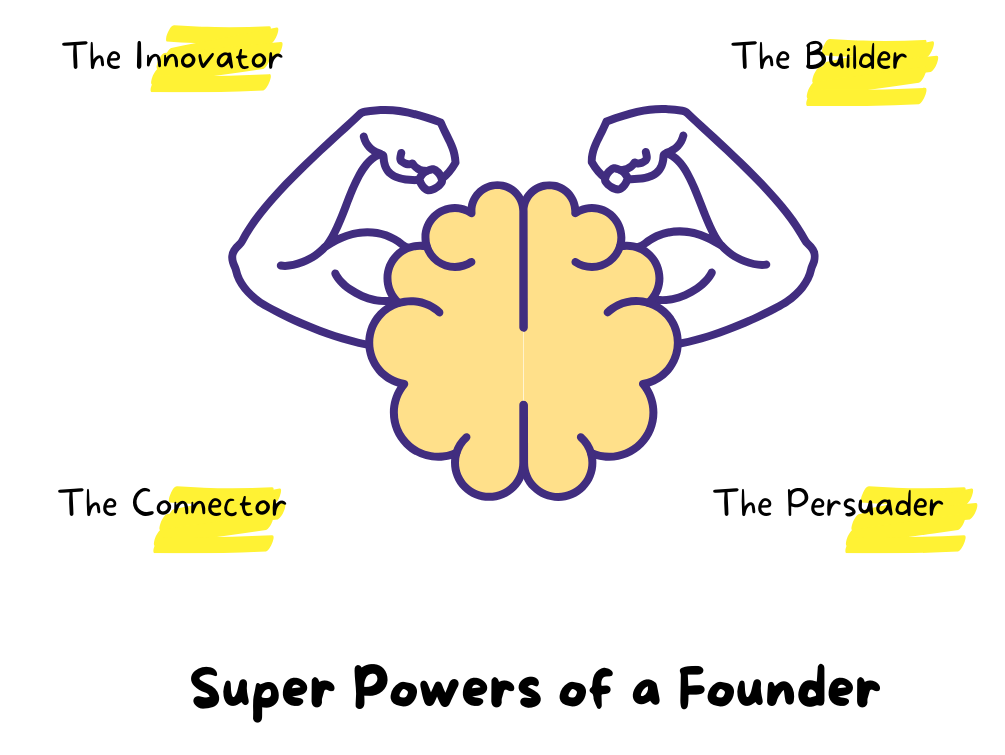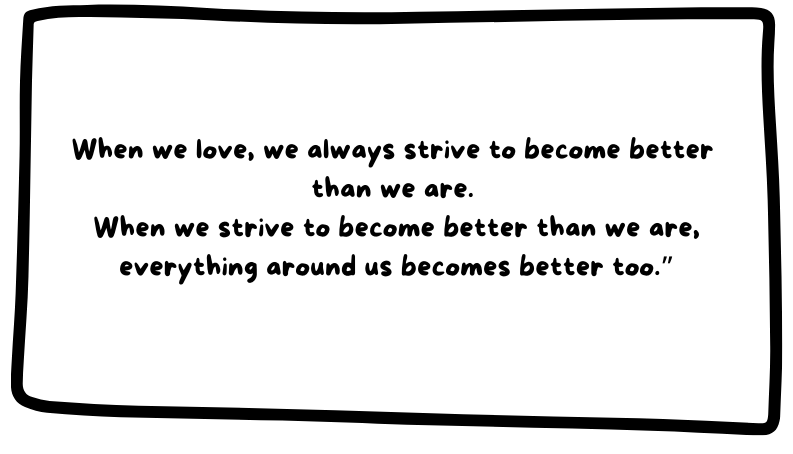IC to EM, The Four Founder Superpowers, Leadership is Situational, Parkinson's Law
Issue #24 Bytes
🌱 Dive into Learning-Rich Sundays with groCTO ⤵️
🎙️Head of Engineering @Vitality, Carlos on his transition from IC to EM
Ready to make the leap from IC to Engineering Manager? Learn how to master this transition! 💪
🎙 Check out #Ep52 of the groCTO Originals podcast where Carlos N., Head of Engineering at Vitality, discusses the complexities of stepping into a management role, emphasizing the significance of proactive communication, building trust through delegation, & self-assessment of people management skills.
Check out the podcast teaser👇
How did you navigate this transition? Share your experience with us! 💬
Article of the Week ⭐
“Understanding the four founder superpowers helped me recognize my strengths as a Builder/Innovator, but also made me more aware of my blind spots. More importantly, it's changed how I approach team building and leadership.”
—Matt Watson
The 4 Founder Super Powers: Understanding Your Strengths and Weaknesses
Another hot take from our favorite startup hustler, Matt Watson. Building on Michelle Denogean’s work on CEO Leadership styles, he highlights how he has found his own.
Some founders love to build things and innovate, others are extraordinary managers and team builders. Understanding your style and character will help you pick your battles wisely while leveraging your strengths in a manner that will allow your organization to complement your weaknesses.
The Four Super Powers
The Innovator: Impeccable problem-solver and complexity specialist, has difficulty setting up processes and making execution consistent.
The Builder: Architects at heart, they optimise processes and business models. Their data-driven nature however, makes them risk averse and rigid.
The Connector: Social bees of the startup scene, they network intuitively and have no problem pitching. They struggle with long-term commitments and solitary deep work.
The Persuader: Chris Voss enthusiasts, persuaders carry an uncanny ability to close sales and communicate with customers. Their adaptability to each customer also makes it difficult for them to maintain core company identity and ideals.
Balance your Teams
Founders will have a mix of two or three of these, with one primary. Once you understand yours, focus on building a diverse team that complements your weaknesses and shortcomings.
Diversity. Different characters have different communication needs and values. Ensure your teams do not become hotspots for a particular trait without a cure for its weaknesses
Not a zero-sum game. Delegate tasks to the right person. You’re a builder who needs help understanding customers? Delegate to a Persuader within your org.
Embrace the friction. Growing the org will inevitably invite clashes between the different personalities. Between data-driven decision makers and intuitive builders. Create a space to augment their strengths rather than looking for a winner.
Other highlights 👇
Leadership is Situational
Following on our previous article on archetypes and personalities, John Crickett highlights 13 different styles for tactics-oriented leadership. Each have their pros and cons and you’ll find yourself adopting one more than the others.
Adapt Your Situation, Not Your Preference
Coercive. Get-s***-done, swift and commanding. Prone to micro management. Use sparingly in a crisis, avoid for day-to-day.
Affiliative. Great for recovery and rebuilding trust. Needs help from other styles to maintain candour, especially with regards to giving feedback.
Bureaucratic. By the book. Follows rules, but may impede innovation and process improvements.
Coaching. Amazing for long-term team building. But lacks leverage in short-term intense situations.
Democratic. Makes everyone feel heard and accounted for. Transparent, but slow decision maker.
Laissez-Faire. Intuitive and meritocratic. Sometimes too far, struggling to create structure and processes.
Emergent. Informal, tactical leader when structure is absent. Great for startups, difficulty fitting into a corporate structure.
Pacesetting. Drives a solid rhythm and cadence throughout the ship. When sustained for too long may also invite burnout.
Servant. People-first, building trust through collaboration. May be too passive during chaotic times.
Strategic. Continuously evolves vision and strategy, can become ineffective in extremely stable or non-innovative environments.
Transactional. Creates great incentives and drives performance, but struggles with the bigger picture and long-term growth.
Transformational. Charismatic and striving for continuous improvement, but can invite burnout in cultures that lack the support to grow beyond comfort zone.
Visionary. Natural problem solvers. Give amazing speeches and can articulate complex innovation. But sceptics may get left behind lacking structure or substance.
Parkinson's Law: It's Real, So Use It
“Work expands so as to fill the time available for its completion.”
If you know of the iron triangle, then you’ve heard about Parkinson’s Law.Psst, we covered it in the previous two issues
Scope, which is the work that needs to be completed.
Resources, which are the people and tools that are available to do the work.
Time is, unsurprisingly, the amount of time that you have to get it done. Who'd have thought?
In one of James Stanier’s older posts from this year, he emphasises the grounding reality surrounding criticism of “fake deadlines” and the “no estimates” community when driven to the extreme and applied badly.
Lazy?
The law often gets misconstrued as “people will be lazy if they have too much time”. Its core focus is on scope, not activity. Given a time box, your team will fill it up with whatever is on their plate. Or distracted with low-hanging fruits or asks beyond their control.
Give teams too little time and they will want the box to grow or things to move. How effective the deadline is depends directly with how much teams control scope and understand priorities.
Humans need timeboxes
The success of time limits, pomodoro technique and deadlines help us limit distractions and keep scope in check. Everyone may communicate and think they don’t want deadlines, but ultimately they help everyone stay on track. It’s the stepping outside of comfort zones that makes it so powerful.
That doesn’t mean that you can make things up with any cadence.
Effective Deadlines
Shorter deadlines drive efficiency: Teams often deliver faster and better when encouraged by expectations. Focus on sooner rather than perfect. But teams also require leniency in controlling their scope of work.
Pressure to focus on high-impact work first: When challenged to be done, rather than polish endlessly, teams can focus on high-impact work first.
Clear goals: For high-impact work teams need a clear understanding of strategy, outcomes and priorities. Get it wrong and the deadline backfires into a perpetual cycle of lateness.
Find Yourself 🌻
That’s it for Today!
Whether you’re innovating on new projects, staying ahead of tech trends, or taking a strategic pause to recharge, may your day be as impactful and inspiring as your leadership.
See you next week(end), Ciao 👋
Credits 🙏
Curators - Diligently curated by our community members Denis & Kovid
Writers of the week - Matt Watson, John Crickett, James Stanier
Sponsors - This newsletter is sponsored by Typo AI - Ship reliable software faster.
1) Subscribe — If you aren’t already, consider becoming a groCTO subscriber.
2) Share — Spread the word amongst fellow Engineering Leaders and CTOs! Your referral empowers & builds our groCTO community.




